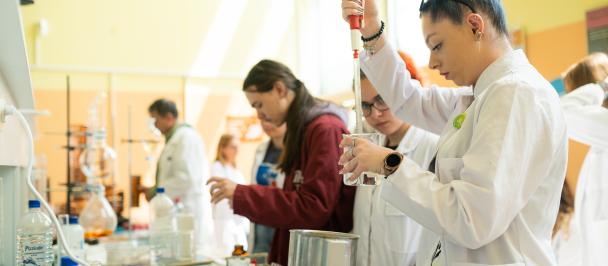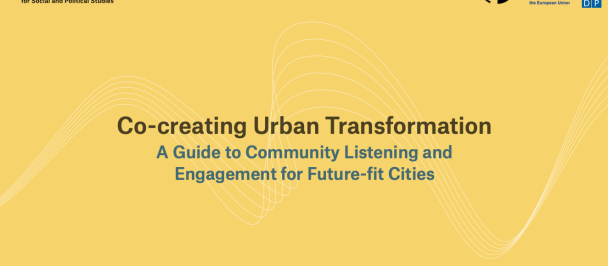When I walk to the office, I think about cities having their own personalities.
I see Batumi as male, smart, well-groomed, and laid-back as if the salt and holiday spirit of the Black Sea had sunk into his system. He appreciates the fusion of the jumble in the old city, the scent of magnolia and coffee around the small cafes, and the sparkling new buildings along the boulevard. He enjoys the buzz of tourists heading to the beach and bicycles riding along the sea-side promenade.
But when I turn away from the seaside towards the busy streets, I see the other side of this laid-back man. The mood of the city changes, becomes tense and anxious. The streets look grey and are full of cars and eccentric drivers.
Batumi has grown dramatically in recent years, from a relatively small city of 18 km2 in 1990 into a 65 km2 urban conglomerate.
It is not only a leading sea resort in Georgia, but plays a critical role in the national economy as a gateway between sea and land.
The price to pay for this rapid growth is one of the highest levels of car concentration in Georgia – around 136 per 1000 capita (on par with Istanbul at 139 per 1000). The city’s urban transport is congested and, sadly, inefficient. Public transport is quite basic, the parking policy has not progressed much, and people use motorized vehicles for one third of their daily trips. Batumi has the potential to become a bicycle-friendly city, but a lack of extensive biking lanes means only 0.3 percent of city residents use bicycles for daily commuting.
When I talk to my fellow Batumiers about the future of the city, we agree it should be designed for people not cars. While they don’t use the phrase “sustainable urban development”, that is exactly what they describe as the idea of a great, liveable city: excellent public transport, pollution-free air, no traffic jams, and more places to walk, bike, and leisurely sip our famous coffee.
I tell them that Batumi will soon become the first green city in Georgia, once we introduce our own model of sustainable urban mobility. To prepare the ground for this reform, UNDP and the Global Environment Facility (GEF) have been working with the Batumi City Hall and the Ministry of Environment and Natural Resources Protection of Georgia since 2016.
We have done thorough research to collect traffic data and study how people move about in Batumi and what type of transport they use. Based on this research, we designed a virtual model that shows the demand for transport and reflects the behaviour of an average Batumian.
This model laid the ground for the first-ever Sustainable Urban Mobility Plan of Batumi, merging the recommendations of urban development professionals with the real needs of people. The solutions include a new parking strategy, public transport scenarios, more attractive bicycle networks, and a new electric city taxi.
The whole exercise is unique for Georgia and opens a whole new prospect for urban transport development in the country.
After the local government in Batumi adopts the plan in the coming months, we will start piloting it in the center of the city.
The first results of our work will already be visible in 2018. Batumi will then be able to tell his story to his friends in Ajara and all around Georgia, giving them a reassuring smile and a helpful nudge in the right direction.
Find out more about the UNDP’s work for “Green Cities: Integrated Sustainable Transport for Batumi and Ajara”

 Locations
Locations


